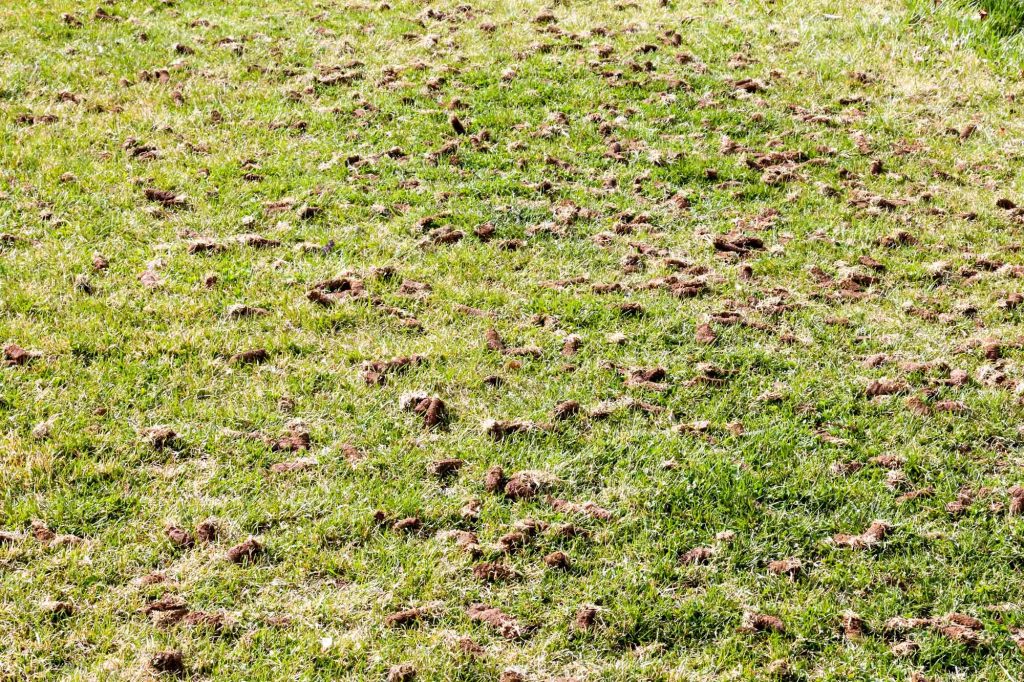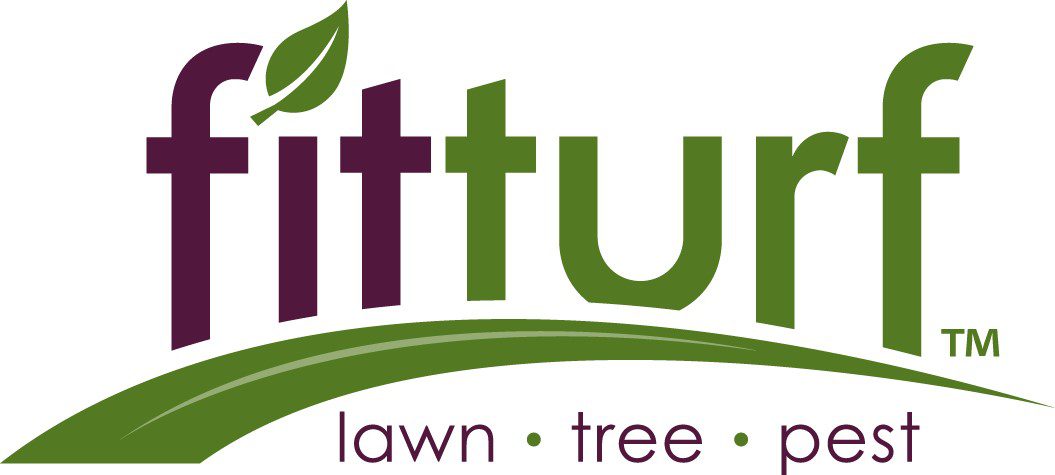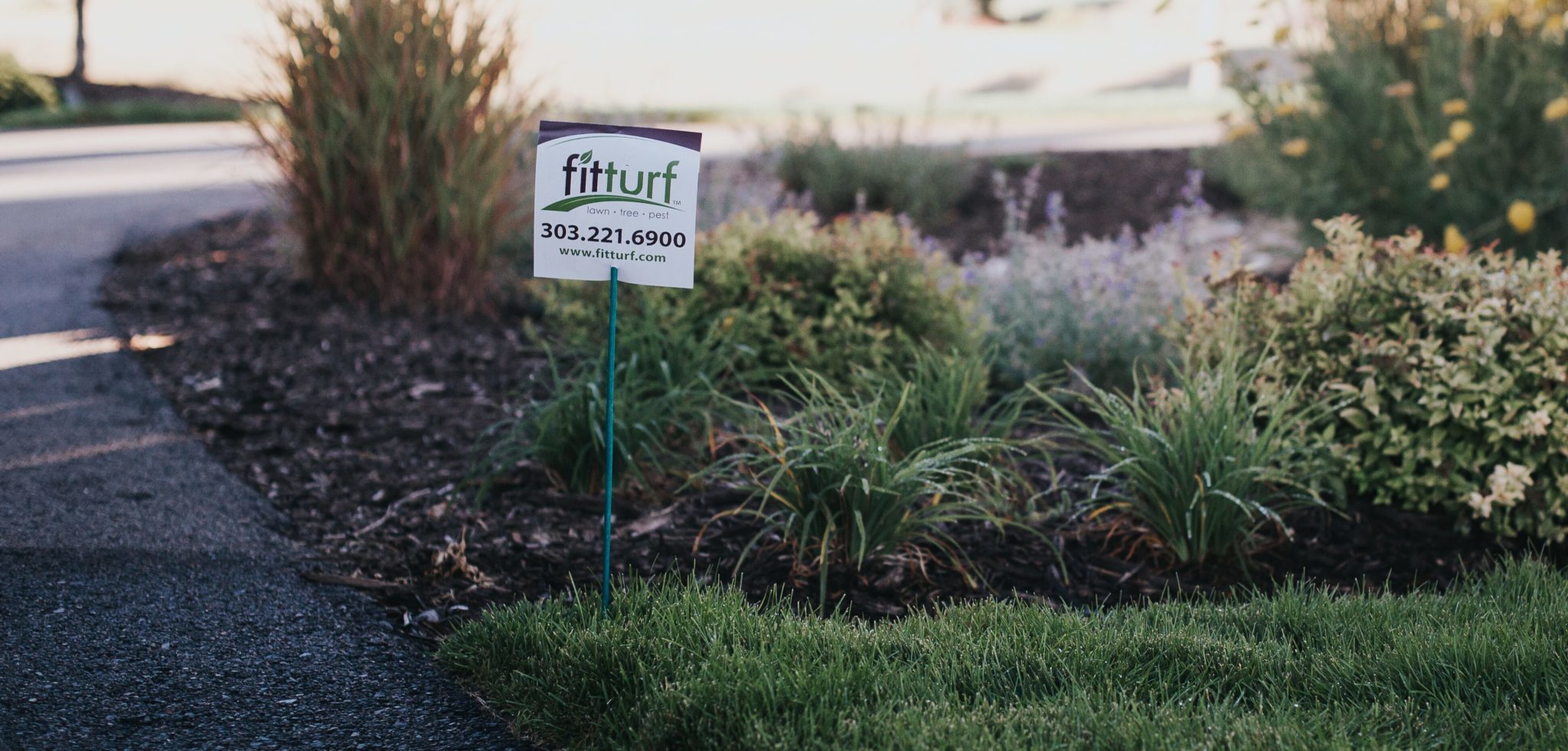Signs That Your Lawn Needs Aeration in Denver, Colorado

Are you looking to keep your grass green and lush in the Denver area? Maybe you have tried mowing, weeding, and even fertilizing without seeing any positive results. Don’t give up just yet! Aeration could be one crucial step that you are missing. It solves issues like soil compaction and excessive thatch. While it is an important part of lawn maintenance, it is not something you do every weekend. Read on to learn the signs that show when your lawn needs aeration.
What Is Aeration?
When the soil in your yard becomes compacted, it gets harder for water, nutrients, and air to penetrate and get to the grassroots. As a result, your grass becomes weak and vulnerable to diseases, pests, and heat. Some grasses form a dense layer of rhizomes, stolon, and shallow roots at the soil surface as a way to adapt.
Aeration is like opening a window in a stuffy room to make the occupants comfortable. It involves using a lawn aerator to punch holes into the soil, improving the flow of water, air, and nutrients. Aeration further provides space for the roots to spread and grow strong.
Indicators You Should Aerate Your Lawn
Aeration is one effective way to bring back health to your lawn. But you should not view it as a main routine maintenance practice. Regular aeration may weaken the grass, leading to disease or pest problems. Rather than going by calendar, you can always aerate depending on the indicators you see in your yard.
Here are some signs to watch out for:
Thinning Grass
While there may be many causes of your grass thinning, soil hardening can be the main culprit. Compact soil inhibits root systems’ proper growth, making the lawn prone to diseases and weed growth. Aeration opens up the soil, thus strengthening the roots and improving the health of your lawn.
A Thick Layer of Thatch
Thatch refers to the accumulated layer of dead organic matter on top of your lawn. While a smaller layer of thatch is beneficial to your lawn, a thatch thicker than ½ an inch creates a barrier. It can prevent nutrients, water, air, and sunshine from getting to the grass. Aerating your lawn breaks up and redistributes the thatch for fast decomposition.
Dry and Hard Soil
Dry or/ and hard soil is a common sign of compacted soil. It hinders water, nutrients, and oxygen flow to the roots. You can use the screwdriver test to check for soil compaction. Simply stick the tool into the soil and notice the resistance. If the screwdriver doesn’t penetrate the soil, then it is time to call an aeration service near you.
Aeration softens the soil and increases moisture by improving its access to water.
Poor Drainage
Have you noticed puddles on your lawn after irrigation or light rain? This may be a result of compacted soil. You should aerate the soil to improve the absorption rate and solve drainage issues.
Inability to Moisten
People often confuse saturated and compacted soils. While both prevent proper water absorption, the saturated ground remains wet for a while. On the other hand, compacted soil may look wet, but it dries out quickly afterward. It is a challenge to keep compacted soil moist. Seek help from an aeration service near you in Denver, CO, to rejuvenate and heal your lawn.
Uneven Growth
Uneven growth is also a sign that your lawn needs aeration. Bare patches with neither grass nor weed are strong indicators of compacted soil. Grass needs food and water to grow. However, compacted soil makes it difficult for nutrients to get in and new grass to break through. Aeration breaks the hard surface and allows even distribution of nutrients, moisture, and oxygen for the consistent growth of your lawn.
Heavy Traffic Areas
Areas that frequently get trampled by pets, people, or heavy machinery such as mowers are likely to get compacted. Consider aerating to loosen the soil to allow new grass to grow.
Discolored Areas
The green color means that the grass receives proper nutrients from the soil. Yellow or brown patches indicate a lack of enough food and water to thrive. You should aerate and include other lawn practices such as seeding and fertilizing for deep and strong roots.
Clay Soil
Much of Denver’s soil is clay. Clay soil tends to be dense, making it difficult for nutrients, air, and water to flow freely. This can lead to poor drainage and unhealthy lawn. Aerating breaks up the clay, improving drainage and access to growth essentials.
When Is the Best Time to Contact Aeration Service in Denver, Colorado?
As simple as the aeration process may sound, it requires perfect timing. The best time to aerate your lawn depends on certain factors, including usage habits, type of grass, soil, and climate in your area. Depending on the weather conditions, it may also vary from one year to another.
Some of the common grasses for Colorado lawns are:
- Kentucky bluegrass
- Tall fescue
- Blue grama
- Buffalo grass
Fall is the perfect time to aerate your lawn in the Denver metro area. Aeration during this season allows the nutrients to reach the roots. Moisture and cool temperatures facilitate faster germination. Cool grasses in Colorado, such as the Kentucky bluegrass and Tall fescue, are best aerated in early spring or early fall.
Poor timing may do more harm than good. Aerating during the dry season or extreme heat may expose the soil, further drying out the lawn. Also, consider aerating in the morning when the temperatures are low and humidity is high to prevent water evaporation from the soil.
Fit Turf – Your Lawn Aeration Experts
Aeration is a sure way to keep your lawn green and lush, a perfect backdrop for outdoor activities. It rejuvenates grass by providing perfect conditions for growth, such as air, nutrients, water, and space. Right timing makes all the difference in achieving a healthy lawn. Always consider the type of grass, soil, and climate in your area before aerating. Also, pay attention to your lawn for signs such as bare patches, pooling water, thick thatches, and grass health to know when to aerate.
You can aerate your lawn like a pro or hire an aeration expert near you. Schedule for aeration service with us at Fit Turf for a healthier lawn. Our lawn care professionals are ready to help keep your lawn green and lush.

